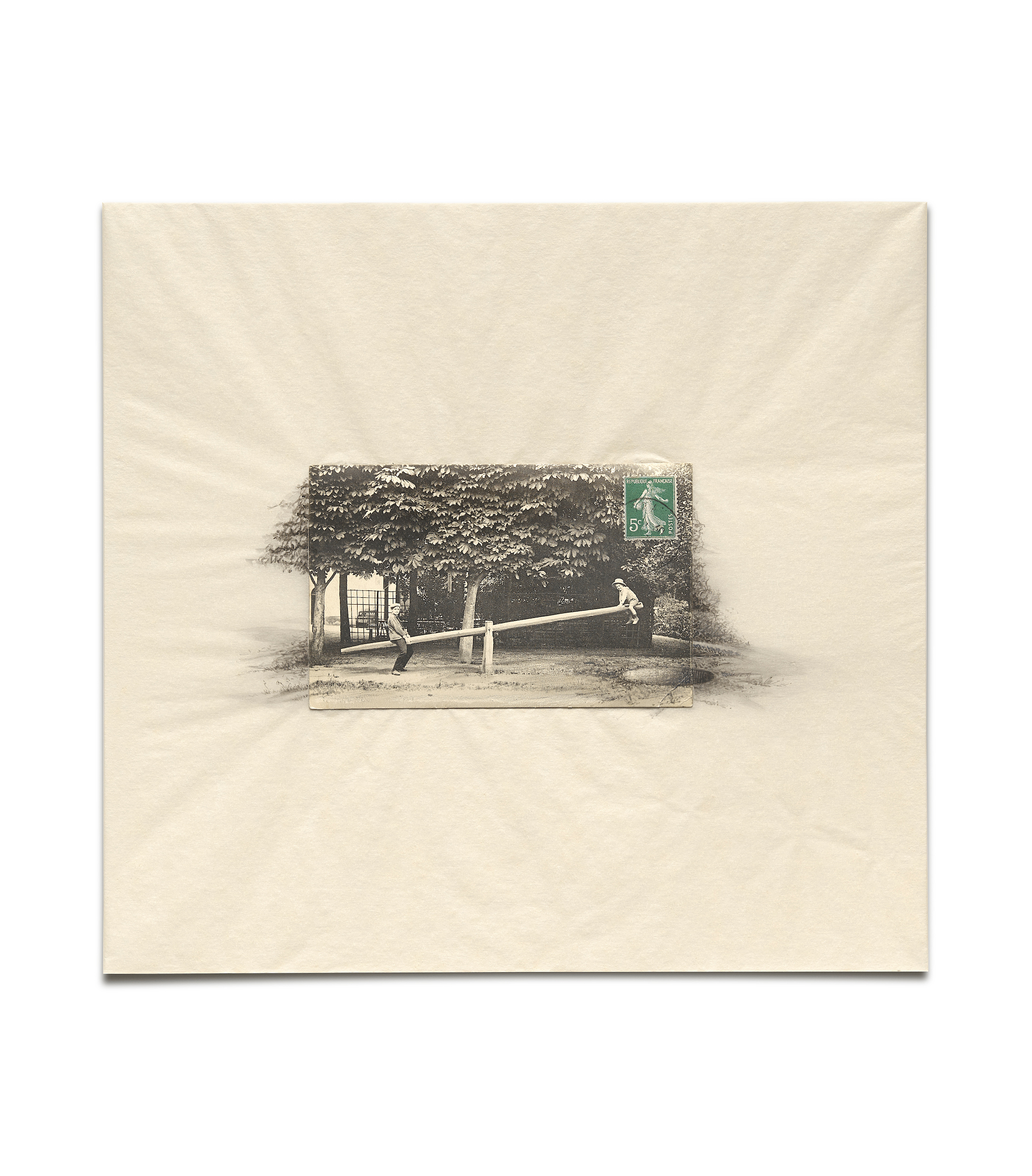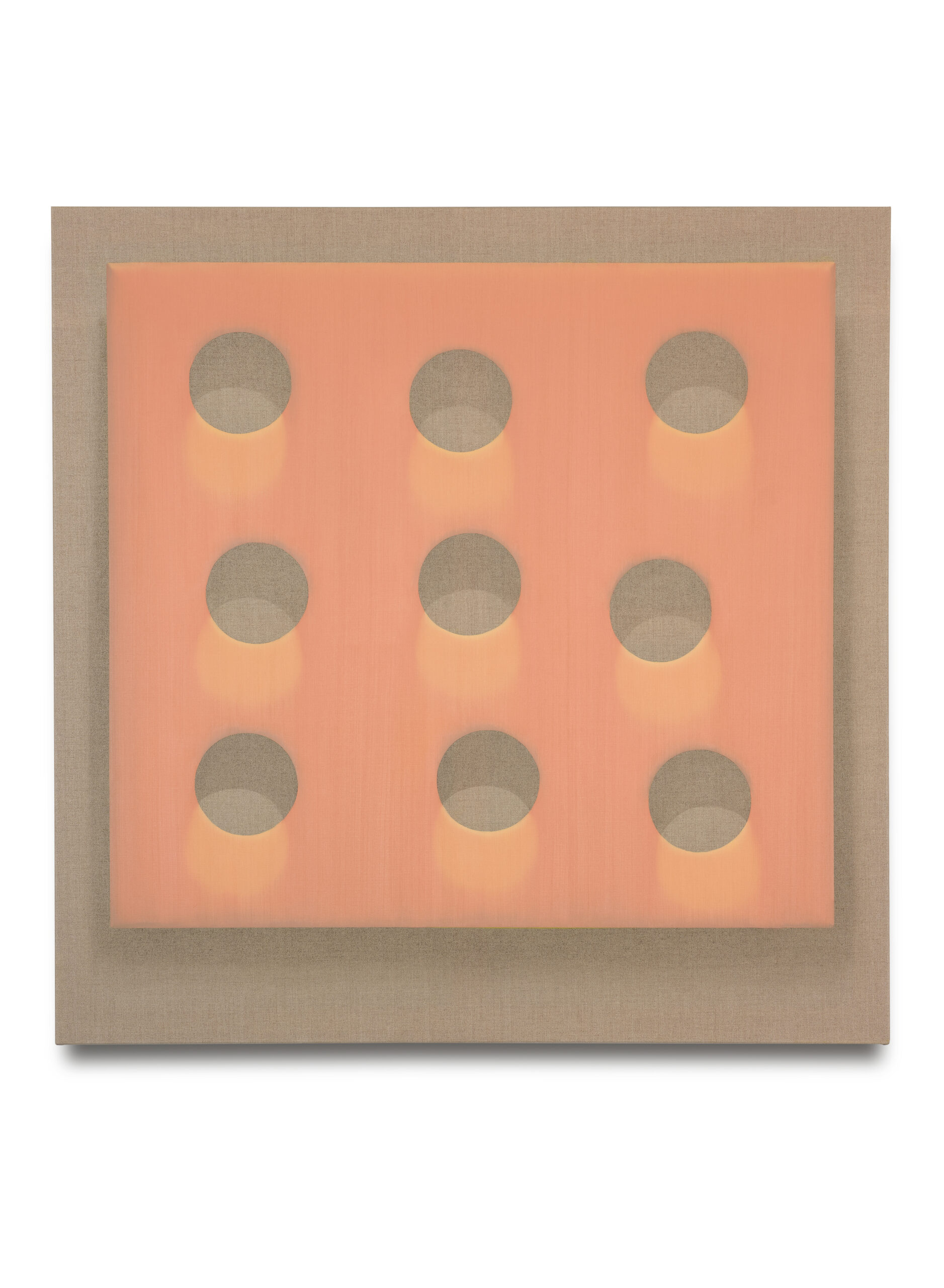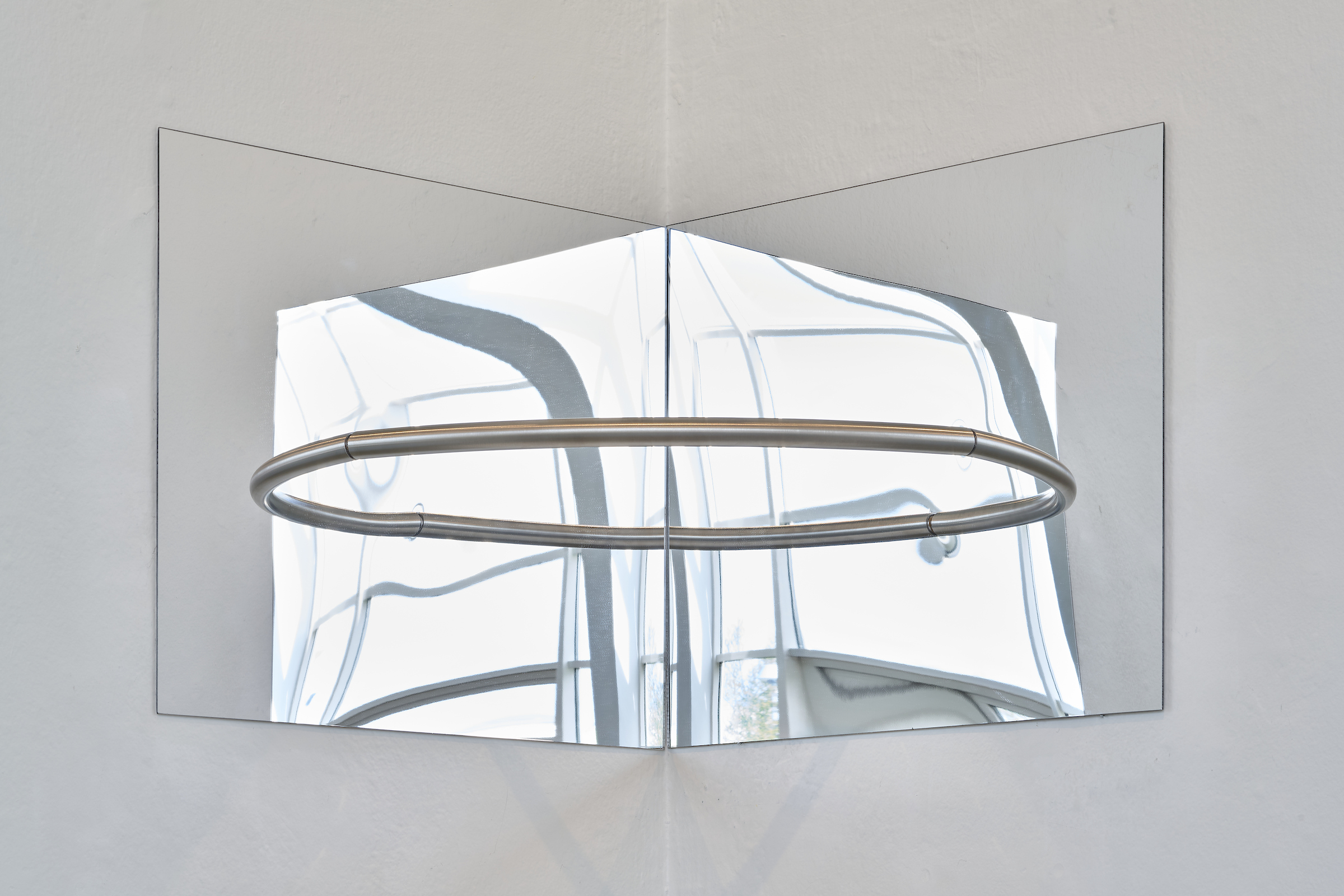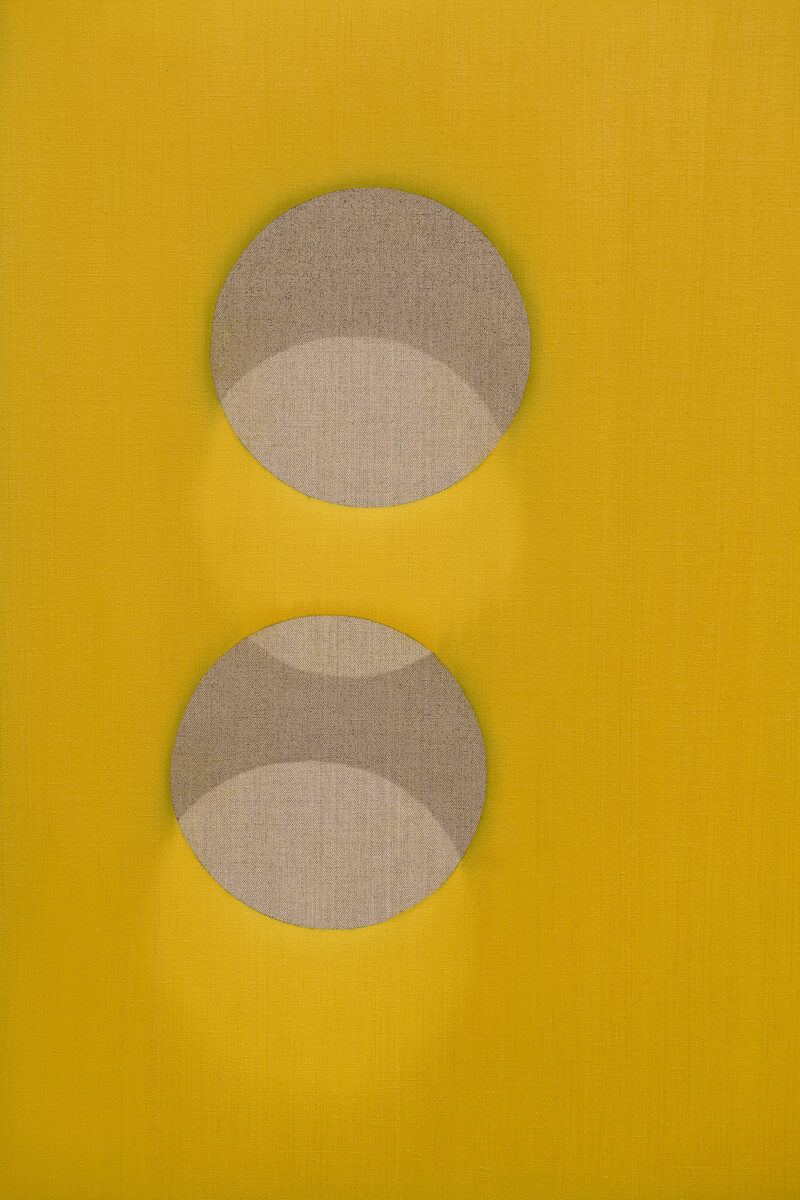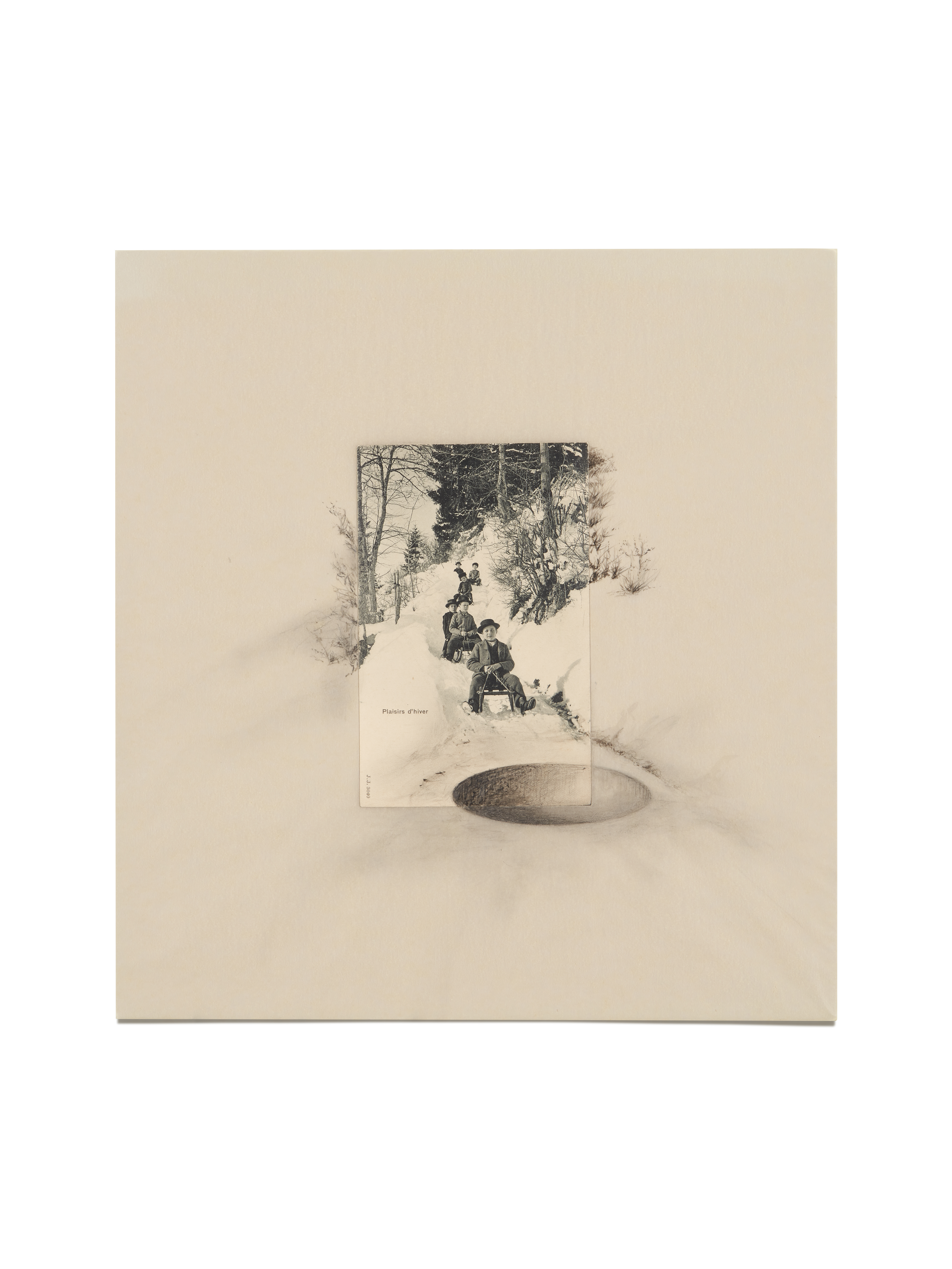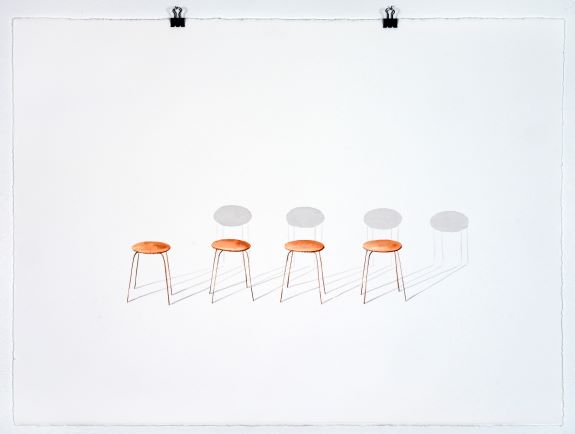Corrections
1 Clément Rosset: Impressions fugitives; L’Ombre, le reflet, l’écho. Les Éditions de Minuit, Paris, 2004.
The Delusive Images of Sigurður Árni Sigurðsson
„Shadow, reflection and echo are an inseparable part of all tangible things, regardless of their nature, if for some reason this does not exist […], its absence dismisses every single thing which presumes to be real.” 1 Clément Rosset
The shadow is paradoxical; it indicates “the dark side” of all lighting processes but simultaneously guarantees a certain reliability of the thing which is on show. As such, the shadow emphasises a lack of light, but at the same time it plays a vital role as material, necessary to create traditional images. Drawing a proper shadow shows that the image is true to life. In a transferred sense, the shadow is closely related to spirits and ghosts, it can even be called a faint echo of something which was: to be but a shadow of oneself … But the shadow is also, and perhaps mostly, closely connected to the mythological and mythical origin of figurative art (drawings, paintings and sculpture). The allegory of the origin of art comes from Pliny the Elder and his work, Natural History: Kora was sad because her lover was leaving and therefore she drew his outlines. The shadow which ensures the presence of a thing, or of a certain subject, according to art tradition, also represents the absence, or in other words, a kind of a ghost. All these phenomena and paradoxes are the guiding light in the series Corrections, which Sigurður Árni Sigurðsson has been developing since 1992. The images are literally skiagraphs, shadow images, but also optical illusions. At first sight they appear credible enough, but when you look closer they create a misguidance, moderate but obvious, on the rules of conventional image use. The method used to process the works is simple: Sigurður Árni uses various material he has found (nameless photographs, postcards) and either extends various points within the original photo with a pencil or adds to the original photo. The uncomfortable aspect of these images lies in what appears to be moderation and wisdom inherent in the method. The artist adds to the photographs in such a fashion that he doesn’t contradict the laws on the image. At the same time, every single “correction” is an optical illusion which lends the image an air of ambiguity, doubt, even renders it completely meaningless. The misguidance is not very striking but rather it infiltrates the visual logic of the original photo. Thus, some of the shadows are geometrically incorrect in relation to the people or things they apply to. The clearest examples of this are the bride and groom photos which Sigurður Árni has “corrected”. The shadows of the man and the woman are cast in opposite directions instead of the same direction. This is an ambiguous way to “throw a light” on the subconscious message hidden in the photograph. This example is a perfect metaphor of what the artist is doing in his delusive images. In this way, Sigurður Árni Sigurðsson’s Corrections slyly indicate dissimilitude, inconsistency and even the image’s departure from its own contents.
Bernard Marcadé
